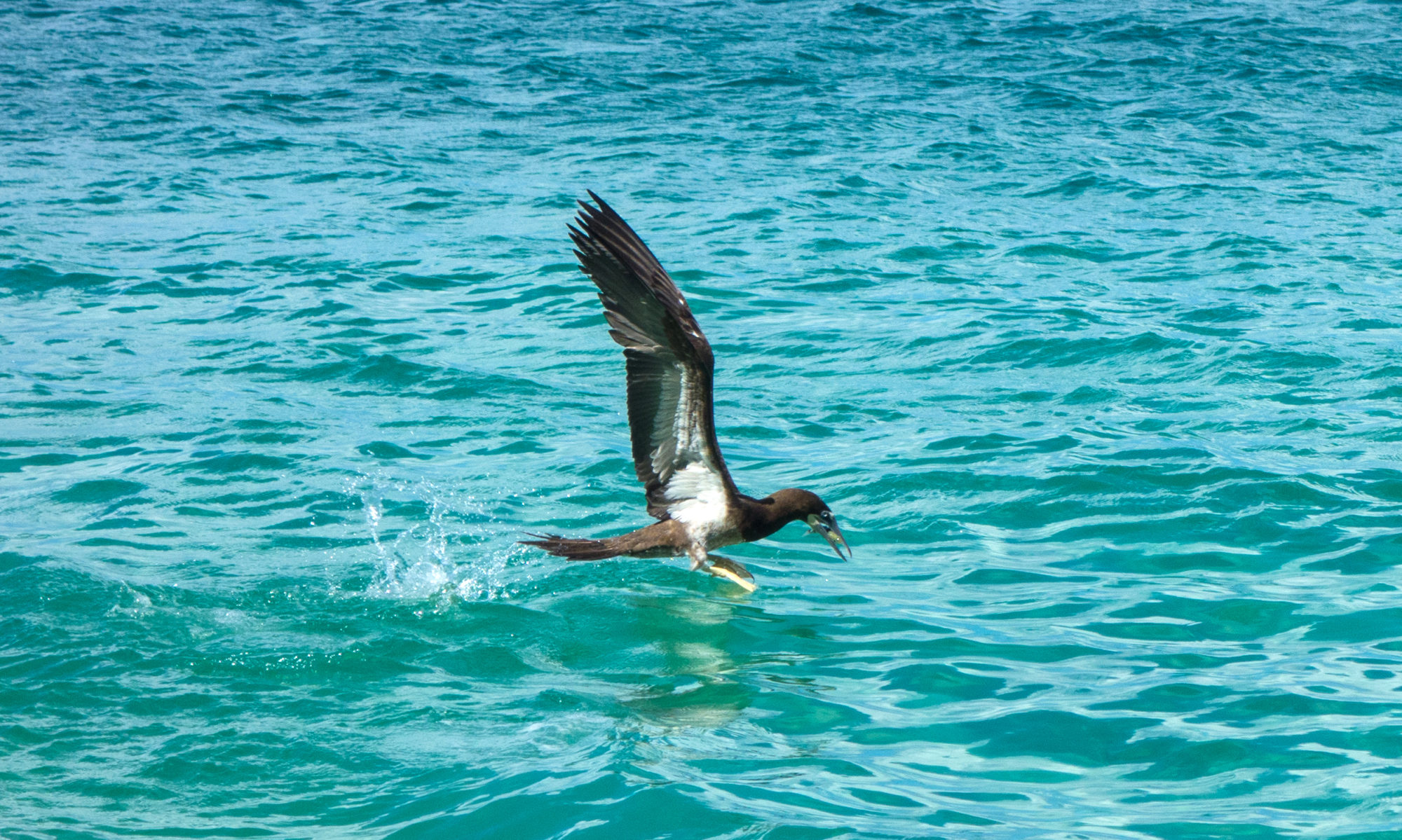The Junior Sailing Club was formed before we had boats with which to teach the children how to sail, so every Sunday I had a group of youngsters to keep occupied at Lower Bay. Not being a sailor myself, I wasn’t sure what I could teach them until I realized that the majority were very poor swimmers. Swimming had come naturally to me and was something I did well. I was a certified Red Cross Instructor, or at least I HAD been in my former life in Canada, and decided to put my skills to use.

Some of the juniors couldn’t swim at all and many simply thrashed about in the water to get from point A to point B. Vanessa and Rachel and the children who lived on yachts were pretty good swimmers, but the majority of the club needed help and were surprisingly eager to learn. I spent many happy hours in the sea at Lower Bay teaching the joys of swimming, and was rewarded by the marked improvement in the juniors’ abilities.

It had dawned on me that the children who couldn’t swim were simply afraid of the water. While teaching them how to float they would start to sink, and I figured it was due to tension. In their nervousness they were tensing their muscles, and would start taking shallow, rapid breaths. Tensing up and breathing rapidly aids loss of buoyancy, and once I got them to fill their lungs with air and relax their muscles they floated. I told them to think of their lungs as big balloons, and how balloons float on top of water. If their lungs were full their chests would float, and turning the lesson into a game helped. The fact that it’s easier to float in salt water didn’t hurt, and soon all my young “sinkers” became “floaters”.

One Sunday a father brought his son to join my swimming class, he had heard that I could turn “sinkers” into “floaters” and was hopeful that I could help his boy. Charlie was quite a chubby fellow, and knowing that fat floats I figured it wouldn’t be hard to teach him. I was wrong, Charlie had negative buoyancy, a condition I had previously pooh-poohed as being non-existent. Everyone can float to SOME degree, but not Charlie! No matter how hard we tried, his legs would dangle straight down, his chest would sink, and Charlie would head for the ocean floor. He wasn’t afraid of the water and therefore wasn’t tense. With his lungs filled with air, Charlie’s mouth and nose would remain out of the water but not for long, soon his head would sink along with everything else.

Having previously informed my juniors that fat floats and dense muscle sinks, they were curious as to why Charlie couldn’t stay afloat. Comments such as “Miss, Charlie fat, he real fat, he should float” were shouted as I tried without success to teach the poor fellow. One clever boy, noticing that Charlie’s nose and mouth stayed afloat when his lungs were filled, said “Miss, Charlie be fat in de head, is why he head does float! He a fat head!”
Charlie wasn’t a Junior Sailing Club member for long, his inability to float and the unfortunate nickname that resulted were enough to make any brave child afraid! Charlie was proof to me that although rare, true negative buoyancy DOES exist.



Similar experience in St Vincent .. sweet little girl.. skinny as a rail.. I could not get her to float… she was very happy with her ‘noodle’ not afraid a bit, just could not float! But I felt bad! Still do!